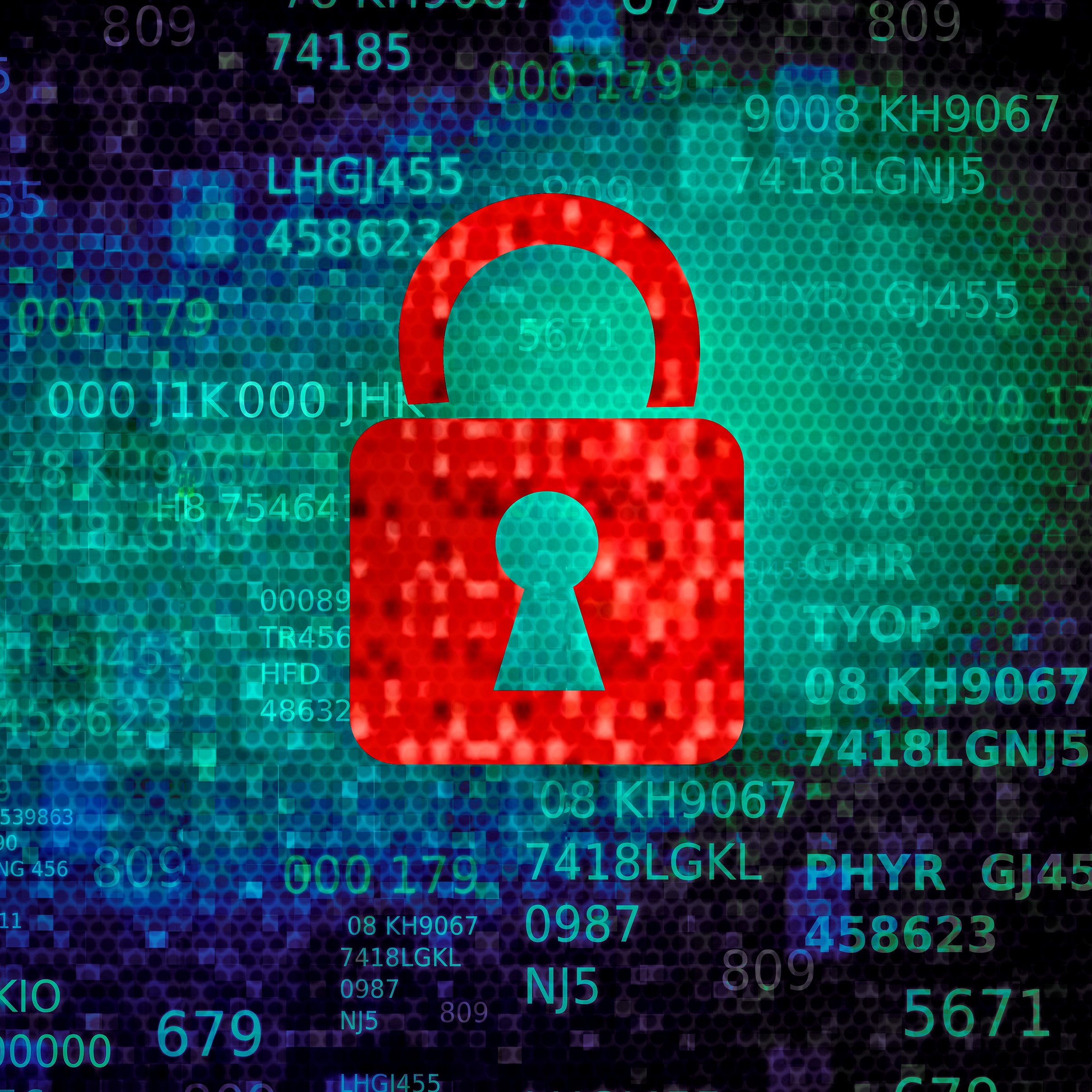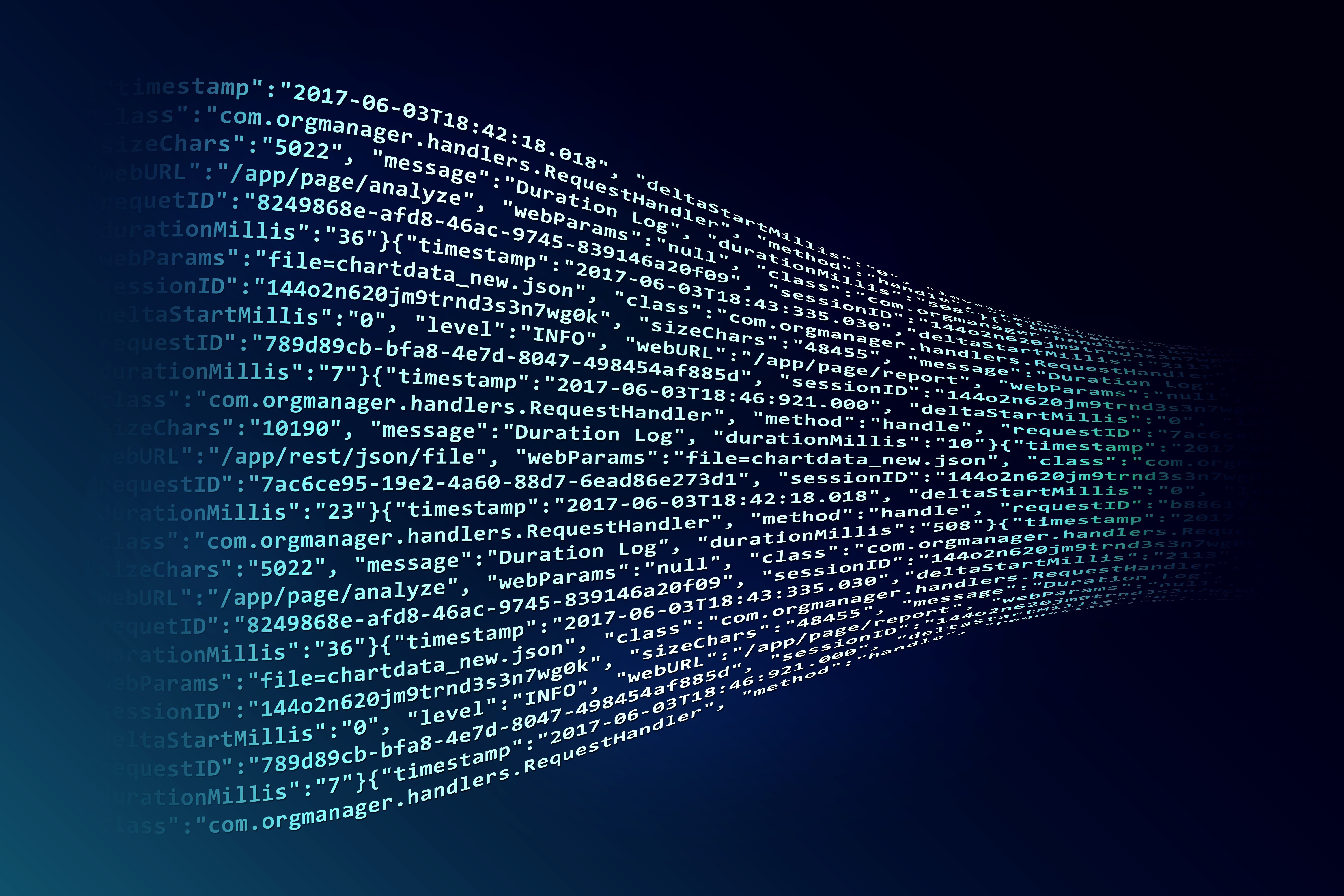Share this
Previous story
← New Version of the Critical Security Controls Released
As promised in last month’s blog about the NIST Cybersecurity Framework Identify function, this month we are discussing the Protect function. After an organization has addressed the five categories within the Identify function (Asset Management (ID.AM), Business Environment (ID.BE), Governance (ID.GV), Risk Assessment (ID.RA), and Risk Management Strategy (ID.RM)) the next step that should be considered is how / what will protect those items within the categories. While all parts of the framework are important and serve a critical purpose in the overall security of an organization, in my opinion, the protect function should be considered the most important. The Protect function is the largest portion of the NIST Cybersecurity framework and is defined as; "Develop and implement the appropriate safeguards to ensure delivery of critical infrastructure services." The Protect function is further broken down into six categories (outlined below) which identify specific areas that organizations should consider in their risk management analysis. Of the 98 subcategories within the NIST Cybersecurity framework, 35 are addressed within the Identify function.
The Protect function and its numerous categories and subcategories may seem like an assessment and may take several days if not weeks to document and to ensure that controls are in place to protect the organization and its assets. Once complete, other areas of the NIST Cybersecurity framework become easier to assess and implement controls where necessary, that may also be because 59 of the 98 subcategories have been addresses in just the first two functions! If this blog peaked your interest and you can’t wait until the next installment, feel free to download a copy of the framework at the official website https://www.nist.gov/framework.
In the next part of this series we will be discussing the “Detect” function. See you then!
These Related Stories



No Comments Yet
Let us know what you think